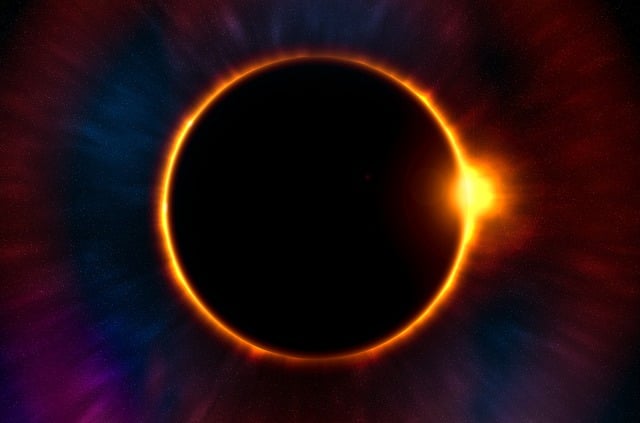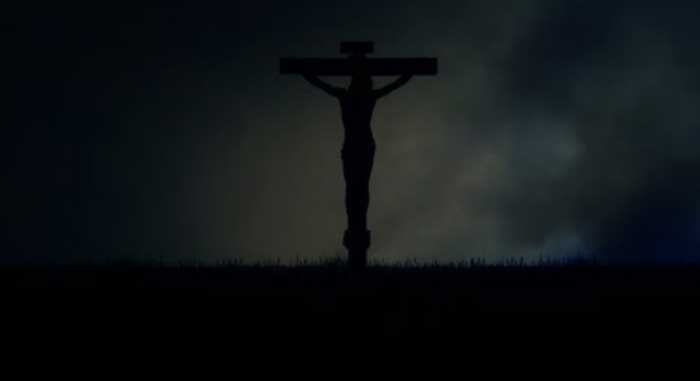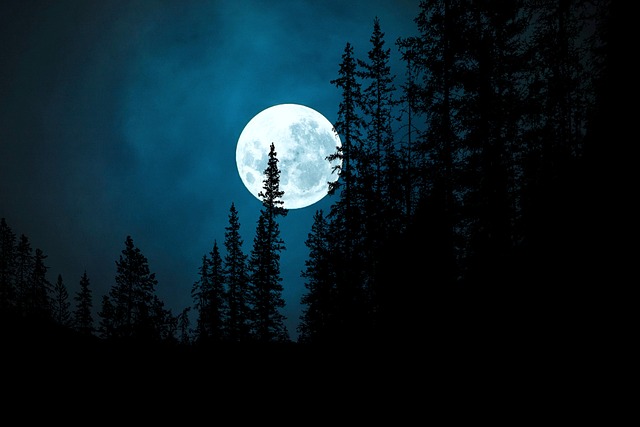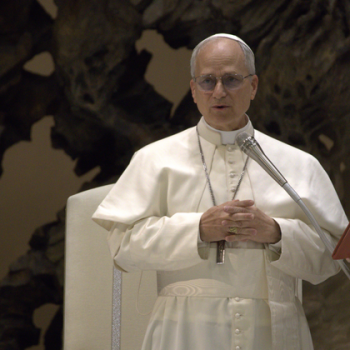
What’s An Eclipse?
An eclipse served as the touted astronomical event on April 8, 2024. This occurrence means one celestial body partially or totally obscures another celestial body. During the Great North American Eclipse, Earth’s moon obscured the sun.
A total solar eclipse occurs when the moon completely covers the face of the sun. The darkest phase of an eclipse characterizes it. So, a solar eclipse appearing total anywhere on Earth is referred to as a total eclipse. To view the eclipse as total, though, the viewer must be within a narrow path of totality. This requirement resulted in people flocking to locations within that narrow path to get the total eclipse view on April 8th. And what did these eclipse tourists want to see? Nothing. The eclipse caused darkness to take over the light despite the middle of the day occurrence.
Biblical Event
While the media forewarned the world about the Great North American Eclipse, another period of total darkness surprised those on the day of Jesus’ crucifixion. All three of the Synoptic Gospels of Matthew, Mark, and Luke record the daytime sky becoming dark for about three hours as Jesus hung on the cross. Matthew’s account expressly states: “From noon until three in the afternoon darkness came over all the land.”

Eyewitnesses also confirm the darkness on that day. A nonbeliever at the time, Dionysius the Areopagite experienced it in Egypt, showing the wide area covered in darkness.
Was It A Solar Eclipse?
Credible documentation exists to establish darkness fell on the day of Jesus’ death. But was a total solar eclipse responsible for it? Scientists answer that question in the negative.
First, the reported length of darkness on the day of Jesus’s crucifixion, three hours, weighs against the occurrence of a solar eclipse. The darkness of a total solar eclipse only lasts a few minutes. According to NASA, the maximum duration of totality is around seven and a half minutes.
Second, the timing of Jesus’ crucifixion makes a solar eclipse an impossibility. The Bible specifies Jesus’ crucifixion took place during Passover, a Jewish festival always celebrated during a full moon in spring. A new moon, however, must exist for a solar eclipse to occur. Note the calendar called for a new moon on April 8, 2024, allowing a total solar eclipse to occur.
Date of Death
Based on the information available about Jesus’ crucifixion and astronomy, scholars fix Friday April 3, 33 AD as the date of Jesus’ death. Astronomists confirm a full moon occurred on that date. Thus, a total solar eclipse was scientifically impossible.

The Cause Then?
While evidence establishes darkness, science rules out the cause being a total solar eclipse. Neither can a lunar eclipse be the cause for the darkness. How can the absence of light be explained then?
A better question might be why a scientific explanation is even needed. God created the world, so He can cause a solar eclipse to occur or darkness to fall whenever He desires. Darkness seems appropriate at Jesus’ death because crucifixion extinguished the Light of the World, God’s Son. A beautiful star cast light at Jesus’ birth , and light in the sky vanished when He died. Whether or not an eclipse of the Son occurred, Jesus died and His death made an impact on our world.














